Why Demand for Suburban Flex Office Is Intensifying
Quest Workspaces’ Laura Kozelouzek on the rise in coworking spaces that offer short commutes.
Migration, hybrid work and the need for more flexibility continue to be the driving forces behind the growing demand for quality suburban flex office spaces. As developers continue to rethink and revive the suburbs, coworking operators are also adapting and expanding their portfolios to the suburbs. Today, 44 percent of the coworking inventory in the U.S. is in suburban areas, according to CoworkingCafe.
Quest Workspaces, a woman-owned shared workspace company founded in 2010, has been very active in the sector in the past few years. Founder & CEO Laura Kozelouzek, a veteran working in the coworking business since the 1980s, understood early on that flexible work models were not a passing trend. In the past 12 months, inquiries for Quest’s suburban spaces skyrocketed, so Commercial Property Executive asked Kozelouzek to reflect upon the recent shifts in the flex office industry caused by the changing work paradigm.
READ ALSO: What Makes a Good Flex Space Location—Industrious’ CEO Weighs In
How much have coworking spaces expanded into suburban markets in recent years?
Kozelouzek: Since mid-2022, the demand for coworking space in suburban markets has increased month after month. Companies are realizing the post-pandemic hybrid work model is here to stay, and suburban coworking spaces allow them to save money on smaller office spaces with more flexible lease terms. There is also a growing trend for employees to want to shorten their commutes and work closer to home.
For example, in Boca Raton, Fla., the suburb with the sixth-highest number of coworking spaces nationally, inquiries at Quest Workspaces grew by 215 percent, and occupancy rose by 4 percent. At our Plantation, Fla., location inquiries grew by 150 percent, while occupancy increased by 9 percent over the same time period. At Quest Workspaces Doral, inquiries rose by 160 percent, and occupancy grew by 5 percent.
Besides the increase in remote work models, what other factors have contributed to the growing demand for suburban flex office spaces?
Kozelouzek: I attribute this to the fact that people are relocating to suburban areas to seek more affordable housing options and a better quality of life. Coworking spaces in suburban areas also provide employees with flexibility. Companies can create programs to support the way their employees want to work. Post-pandemic, there is an even greater desire for people to connect, get out of the house and have a sense of community.
How many locations do you currently operate and what type of businesses use your spaces?
Kozelouzek: Quest Workspaces currently owns 13 locations in Florida and Manhattan, totaling 310,000 square feet of Class A commercial office space. Our tenant base is very diverse, from startups to global companies in every type of industry. Because of our high level of service and our ability to provide private offices, we have a high percentage of service firms in the legal and financial fields. Through our Quest Cares initiative, we also offer free and discounted workspaces, meeting rooms and services to qualified nonprofit and charitable organizations.
READ MORE: What Office Users Want in Flex Space Now
Please share a few things about your professional journey so far and the factors influencing the growth of Quest Workspaces over the years.
Kozelouzek: I spent 19 years in the commercial real estate and hospitality industries as an executive at HQ/Regus, where I represented 80 locations and 5,000 customers, generating $180 million in annual sales. After that, I founded Synergy Workplaces in 2004, growing the company to 25 national locations and producing over $25 million in sales.
Quest was a self-funded endeavor. I started the company with $50,000 and grew it organically—no debt or partners. Every location has been profitable since its opening—unlike other large coworking companies that raise a lot of money but aren’t necessarily making a profit or creating sustainable business models. The Quest company structure gives us a unique advantage over other organizations in that we can pass on cost savings to our clients.
I think one of the reasons we’ve thrived, particularly during a time of unprecedented rapid change, is because we’ve been working in the shared workspace industry for decades and have seen the ebbs and flows of the industry. We’ve seen how the needs of business owners have evolved as technology, the economy and other factors shift, and so we are in a better position to predict what we need to do to meet those needs in the midst of change.
Given your extensive experience, how much has the design and layout of flex office spaces changed throughout the years?
Kozelouzek: When I started in the industry 35 years ago, shared office spaces were generic white boxes—very boring, open-plan spaces. With Quest, we began building spaces with personality, more of what you would experience in a restaurant or hotel lobby. Today, it is even more important to have an impressive design and create special spaces.
Coworking spaces also need to offer many different types of workspaces to give companies and their employees flexibility, depending on how they prefer to work. We find that having undisrupted private spaces is critical for most.
READ ALSO: CANOPY’s CEO on the Growing Demand for Boutique Coworking Spaces
How do you design your coworking spaces? What aspects are most important to you?
Kozelouzek: We are so proud of our spaces and are excited to create, grow and connect in them. Quest locations are designed to bring people together, make them feel welcome, and inspire them to be productive and do their best work. We want to make a positive impact on everyone’s work and life, and that starts with the design and continues through the experiences we create with our people…
We want our locations to be unique and functional but also fun and comfortable. We also work to ensure our office spaces are equipped with lots of natural light by taking advantage of the windows and granting access to nature. We also incorporate biophilic design elements, which have been shown to increase productivity.
How do you plan to expand your portfolio? Are you targeting any specific markets for new suburban flex office locations?
Kozelouzek: We are currently focused on expansion in South Florida. That includes the urban and suburban markets. We have three new locations opening in the next three to six months: Boca Raton, Doral and Coral Gables.
How do you see the future of coworking spaces in suburban markets evolving?
Kozelouzek: I see coworking continuing to gain momentum to the point that every office building, both in suburban and downtown markets, will have a coworking space. The need for flexibility in how employees work and their desire for experience, service, support and community will continue to grow.


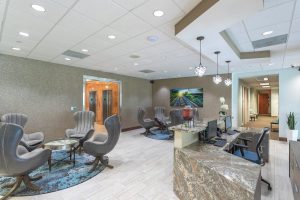
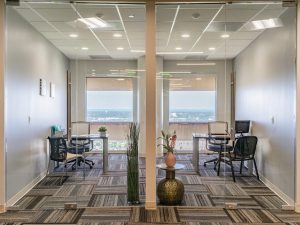
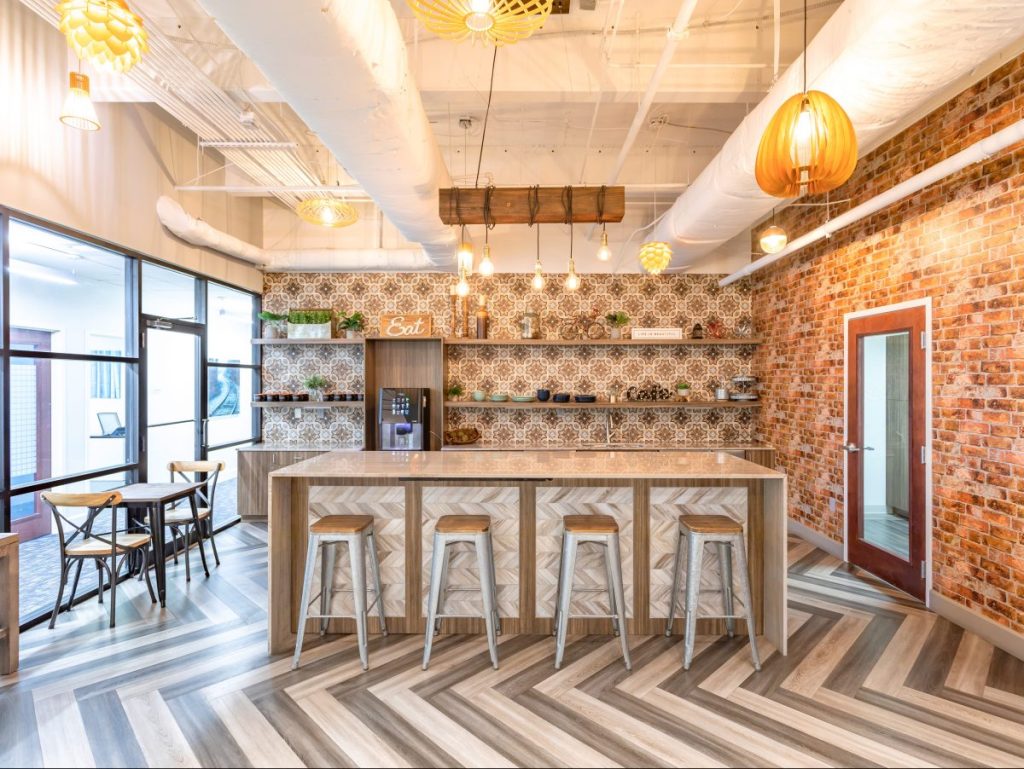
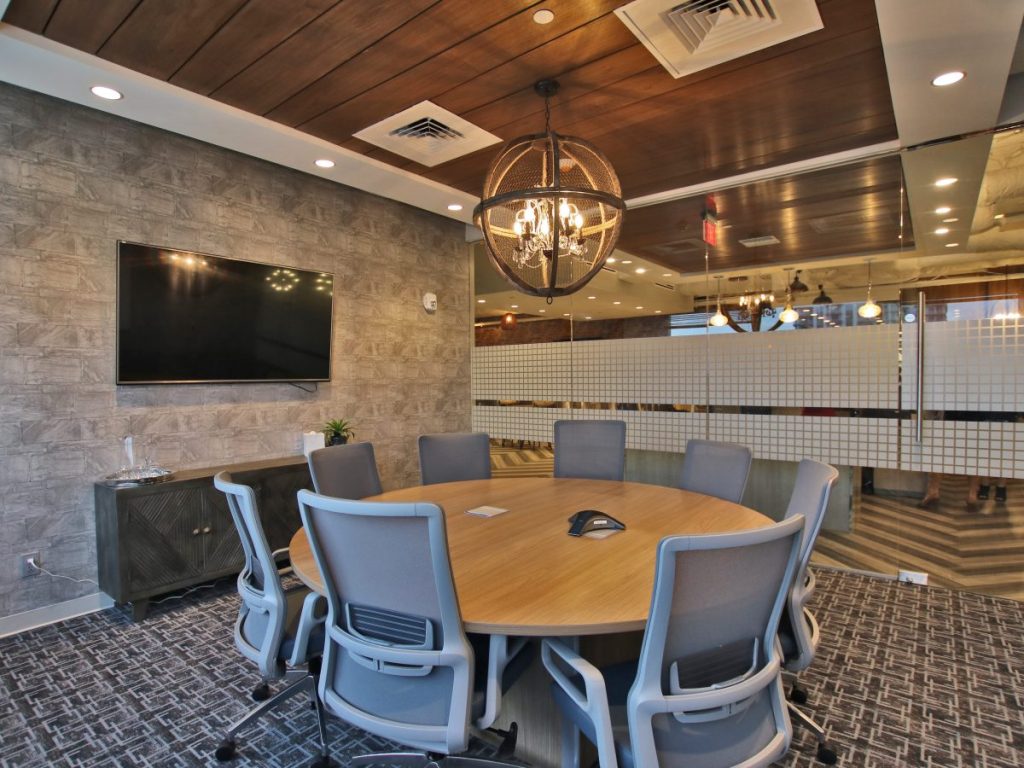




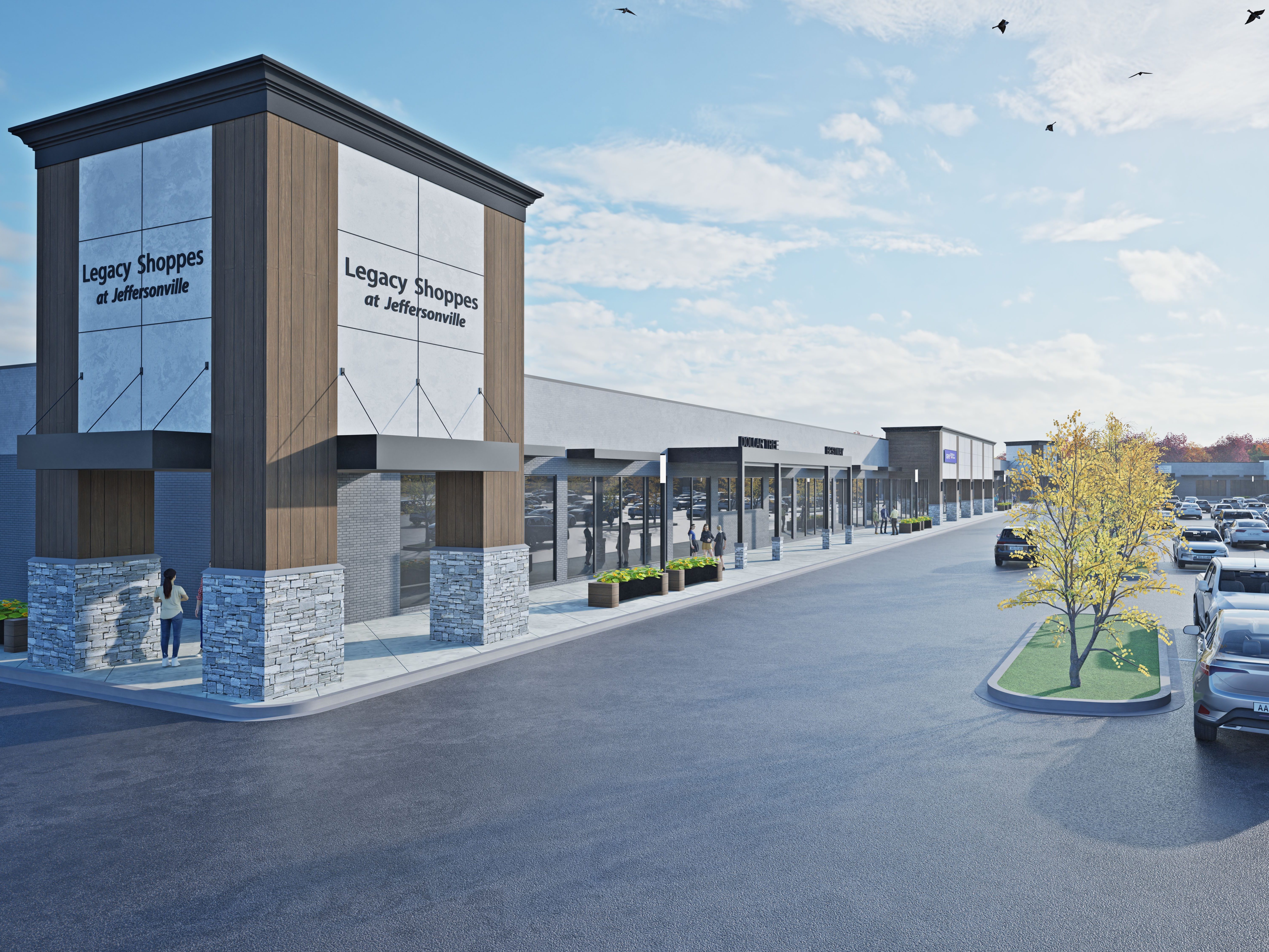
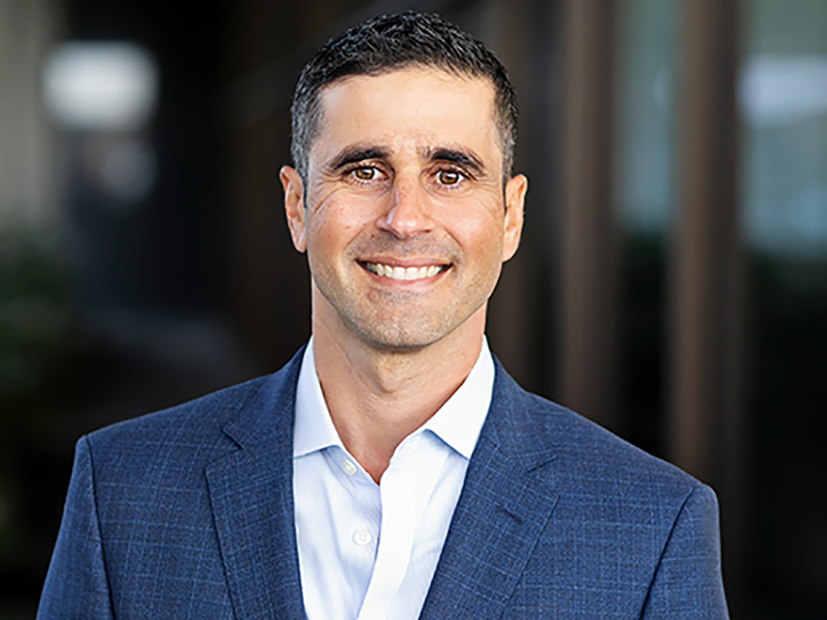



You must be logged in to post a comment.